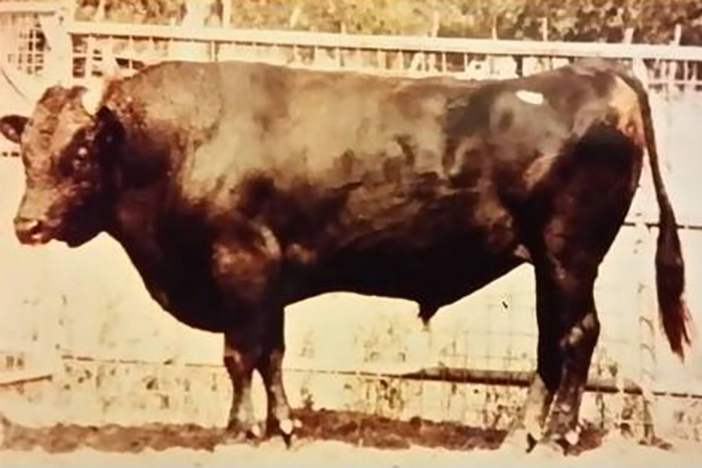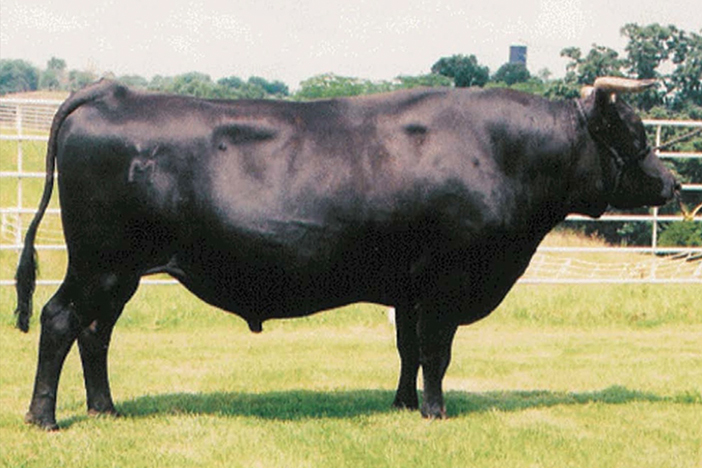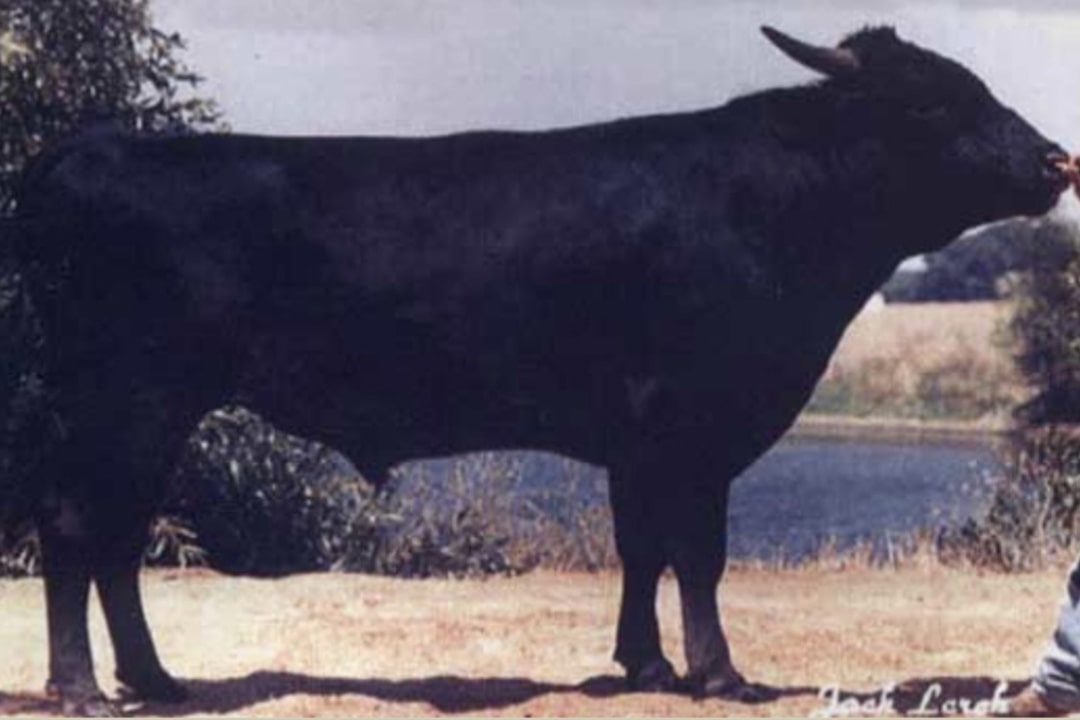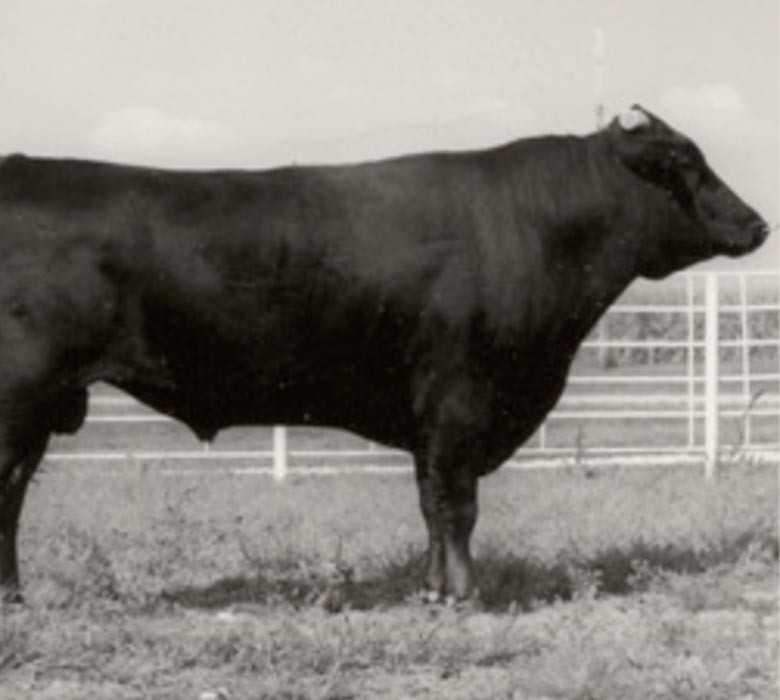From Japan to the World: Exploring Wagyu’s Global Legacy
Between the initial exports and subsequent arrivals, a total of 167 Black Wagyu were known to have been exported from Japan. After the heifers arrived, 21 calves were born and registered from Japanese AI sires. Additionally, 16 Red Wagyu (Akaushi) bulls and heifers were exported, resulting in 6 registered births. Altogether, 221 Wagyu cattle—combining genetics from Japanese Black and Japanese Brown lines (including contributions from foundation bulls such as Michifuku)—formed the basis for all Wagyu and Akaushi populations in the United States, Canada, and Australia.
From the late 1990s onward, a second wave of exports from these countries spread globally, reaching Europe, South America, and later South Africa. Ultimately, Wagyu herds have also been established across the Pacific and throughout Asia, further expanding the breed’s worldwide presence.
The Japanese government formally banned further exports of live Wagyu cattle and genetics around 1997, recognizing Wagyu as a national treasure. This ban was intended to preserve the breed’s purity and protect its reputation. As a result, almost all Wagyu herds outside Japan trace back to the limited number of animals and genetic material exported before this ban was enforced.
Source: wagyuinternational.co

Four bulls were sent from Japan by Morris Whitney in 1976.
In 1976, Morris Whitney imported four Wagyu bulls from Japan: two Black Wagyu (Mazda from Tottori and Mt. Fuji from Hyogo) and two Red Wagyu (Rueshaw and Judo from Kumamoto). Initially, the bulls were sent to Colorado University for semen collection before being purchased by Wagyu Breeders Inc. Because there were no Wagyu females in the United States at the time, these bulls were bred with Angus, Holstein, Hereford, and Brangus cows in Texas.
By 1991, the highest-percentage Wagyu bull in the United States was rated 63/64, and there were fewer than 300 crossbred Wagyu females of breeding age at 3/4 Wagyu or higher. Around the same time, the narrow genetic base began to widen when semen from a fifth bull, Itotani, was brought to Canada by Lakeside Industries in Brooks. Over subsequent generations, Wagyu genetics continued to spread, and by the fourth generation, the American Purebred (15/16) contained 93.75% Wagyu genetics.
1976

Mannett Group (later to become World Ks) imported three Black Wagyu females and two bulls.
In 1993, the Mannett Group (later to become World Ks) imported three Black Wagyu females—Suzutani and Rikitani (both Tajima) as well as Okutani (75% Tajima, 25% Shimane)—alongside two bulls, Michifuku and Haruki II. The first Fullblood Wagyu born outside Japan resulted from second-generation embryos sired by Haruki II.
On June 19, 1994, Rikihari (from Rikitani) became the very first Fullblood Wagyu calf born in Canada. Shortly thereafter, Genjiro was born from Okutani on June 23, followed by Okuharu on June 24. That same day, the USA welcomed its first Fullblood Wagyu calf, Fujiko, along with her brother Beijirou, both also from Okutani. Later in 1994, the first live Wagyu exports left the United States for Wally Rae in Australia, marking another milestone in the breed’s global expansion.
1993
Mannett Group imported four black femalesand two black males
In 1994, the Mannett Group imported four Black Wagyu females—Okahana, Nakayuki, Kanetani, and Nakagishi 5—along with two Black Wagyu males, Kenhanafuji and Takazakura. After their arrival, calves such as Tanitsuru, Nakazakura, Kitaguni Jr, and Reiko were born. During this period, the Red Wagyu (Akaushi) bull Dai 10 Mitsumaru also sired a few calves from foundation heifers that had been exported from Japan.
Simultaneously, Dr. Al and Marie Wood imported Red Wagyu to the United States, guided by Mr. Yikio Kurosawatsu and Dr. King in Kumamoto Prefecture. Their consignment included nine Red females (Namiko, Ume, Namoi, Akiko, Haruko, Fuyuko, Dai 3 Namiaki, Dai 9 Koubai 73, and Dai 8 Marunami) and three Red bulls (Shigemaru, Tamamaru, and Hikari). Calves born via AI from Japanese sires Namimaru and Dai 10 Mitsumaru included Big Al, Kaedemaru, Momigimaru, 504, and 505. After the required 180-day quarantine, Namoi, Dai 3 Namiaki, Kaedemaru, and Momigimaru were sent to Ontario, Canada, while the remaining Red Wagyu/Akaushi herd in the United States was sold to Englewood Farm in Texas. Later, most of those animals were transferred to HeartBrand, creating one of the largest Red Wagyu/Akaushi herds outside Japan.
In another significant development, Japanese Venture Partners imported three Black Wagyu bulls—Kikuyasu, Fukutsuru, and Yasutanisakura—ten Black Wagyu females (Chisahime 662, Chiyofuku 992, Fukutomi 990, Kikuhana 298, Shigehime 208, Tokuhime 486, Yasufuji 1/4, Yoshifuku 2, Yuriko 1), and two Red Wagyu heifers (Kunisakae and 27 Homare). These imports further broadened the genetic foundation of Wagyu cattle outside their native Japan.
1994

Mannett imported 7 black females with one black bull
n 1997, the Mannett Group imported seven Black Wagyu females—Taguchi 9, Nakahana 5, Mitsutaka, Okuito 9, Hanateru 9, Rabito, and Hisako—along with a single Black bull, Yasufuku Jr. Their calves, which included Taguchifuku, Kotomichan, and Kousyun, further strengthened the growing Wagyu foundation outside Japan.
That same year, Chris Walker of Westholme brought 25 Black Wagyu females and three Black Wagyu bulls—Hirashigetayasu, Itomoritaka, and Kitateruyasu Doi—from ET Japan Company in Hokkaido to the United States. In 1998, an additional 59 females arrived, along with semen from three Black bulls (Shigefuku, Dai 6 Seizan, and Kitatsurukiku Doi). Of the 84 females, 63 were pregnant upon arrival. Bulls 001, 002, and 003 were subsequently used heavily in Australia, while 004, 005, and 006 remained more prominent in the United States.
This consignment showcased notable diversity, comprising 44 Shimane, 28 Kedaka, and 12 Tajima lines—thereby introducing both size and milk production with marbling potential. Among the dams that bred successfully in Australia were: Hatsuko, Itoreiko, Kazuaki, Kitahikari 97/1, Kitakazu, Kitaokumi, Kitasakaedoi, Kitasekitori, Kitatizuru 2, Kunikiku 96, Masako, Masatoshi 2, Sakaehikari, Sekinakada 22, Sekiyuhou, Takakuni, Takashigedoi, Yamafuji, Yamaketakafuji 3, and Yuriyuhoi. These developments significantly broadened the Wagyu genetic base beyond Japan.
1997

Takeda Farm last import
Takeda Farms imported six Black Wagyu bulls—Kikutsuru Doi, Itoshigefuji, Itoshigenami, Mitsuhikokura, Kikuterushige, and Itozuru Doi. Following the required quarantine period in the United States, the Takeda herd was ultimately dispersed to Australia and Canada, further expanding the global presence of Wagyu genetics.